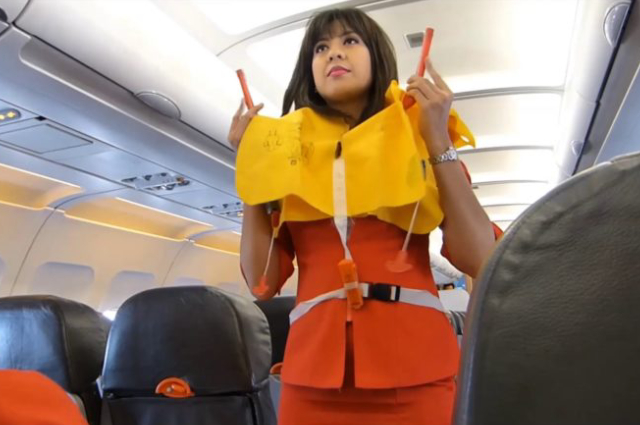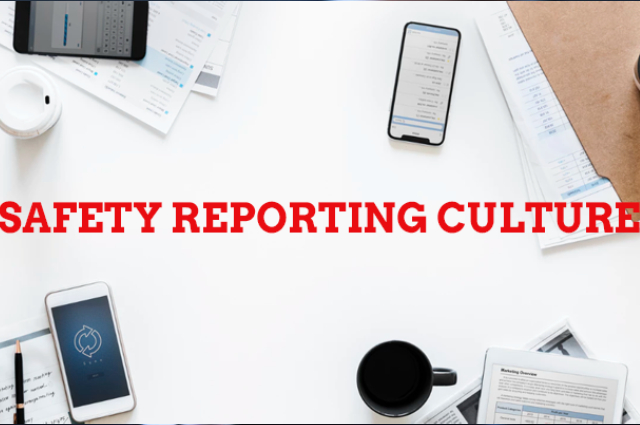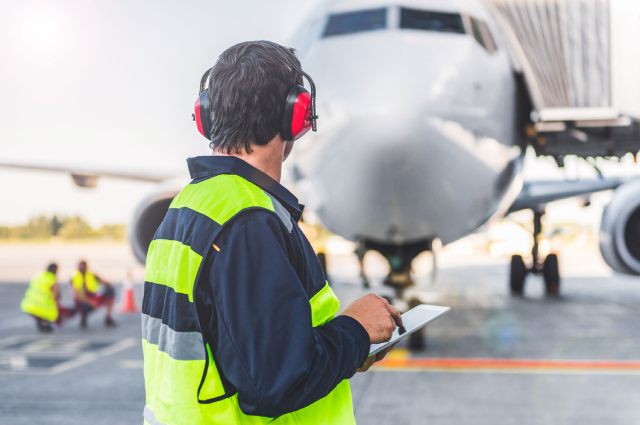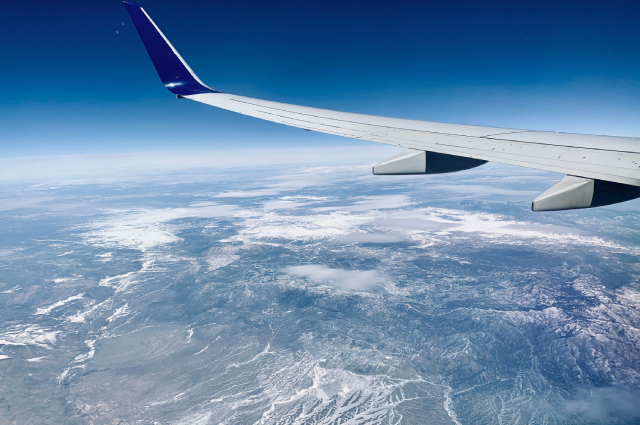At the airport
A sensible flyer will diligently follow all the guidelines for his/her personal safety. That is one’s own responsibility.
A slew of protective measures has to be taken once a passenger enters the airport to fly to his destination. These measures undergo constant revamping and are always up to the mark. There is no room for error. This protective blanket encompasses carefully curated processes that are designed to make flying a pleasant experience.
- ALL passengers are screened to ensure they are not hiding anything dangerous inside their clothing. Nothing sharp- not even a small pin can escape the metal detector.
- ALL baggage, including carry –on bags are required to pass through the x-ray machine. This screening acts like a sieve and prevents anything that could become a potential weapon from going into the aircraft.
- Apart from regular screening, passengers are required to undergo full body scans. Under the watchful eyes of the customs officials, a full body scan can reveal incriminating material hidden in the most inappropriate places .
- If necessary, officials have the right to interrogate suspicious passengers. They can also conduct a thorough physical check of the passenger’s luggage.
- With hundreds of flights landing and taking off, information about timing and cancellations is solely the responsibility of the airport officials.
Safety during the flight
Once the passengers are seated and the flight is ready for take off, an army of people become accountable for the safety of these lives on board.
Aircraft maintenance can never be overlooked. Even simple mistakes can translate to serious errors in the sky. All airlines employ an efficient team of engineers who can detect even the slightest mechanical errors.
Ground crew are responsible for proper loading of cargo. It takes precision and calculation to load cargo into the hold. Heavy cargo cannot be carelessly loaded, for it can cause grave danger.
The role of Air Traffic Control towers goes beyond everything. Their primary service is to prevent collisions on land and in the air. Enforcing traffic rules to all aircraft that land and take off within its boundaries of control, the ATC organizes and facilitates the smooth efficiency of the aviation industry.
Pilots and flight crew undergo rigorous training to handle any situation that may arise. Some airline companies have very strict rules they adhere to while employing a pilot. Top contenders like Etihad and Emirates put pilots under simulated situations where they are trained to perform under pressure.




